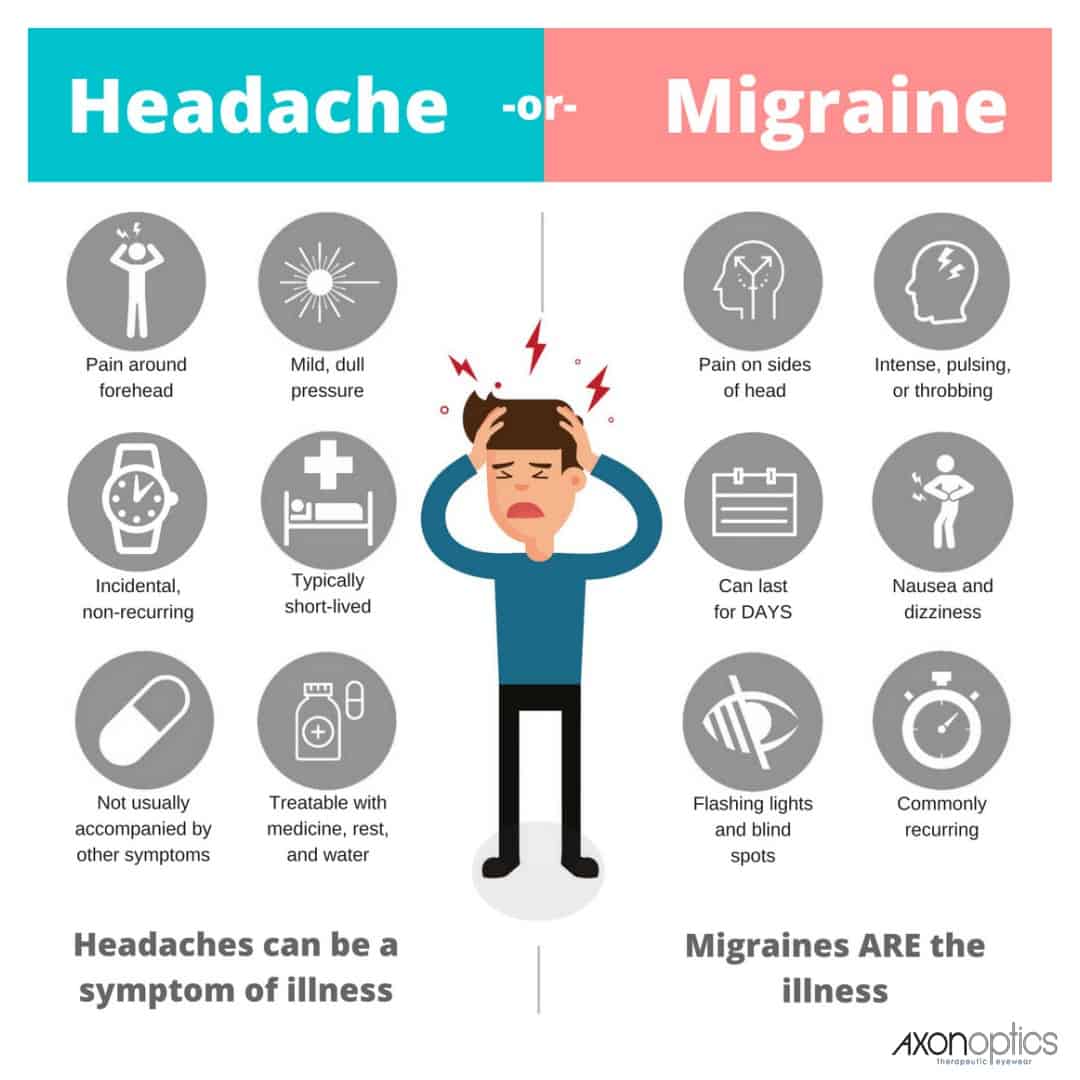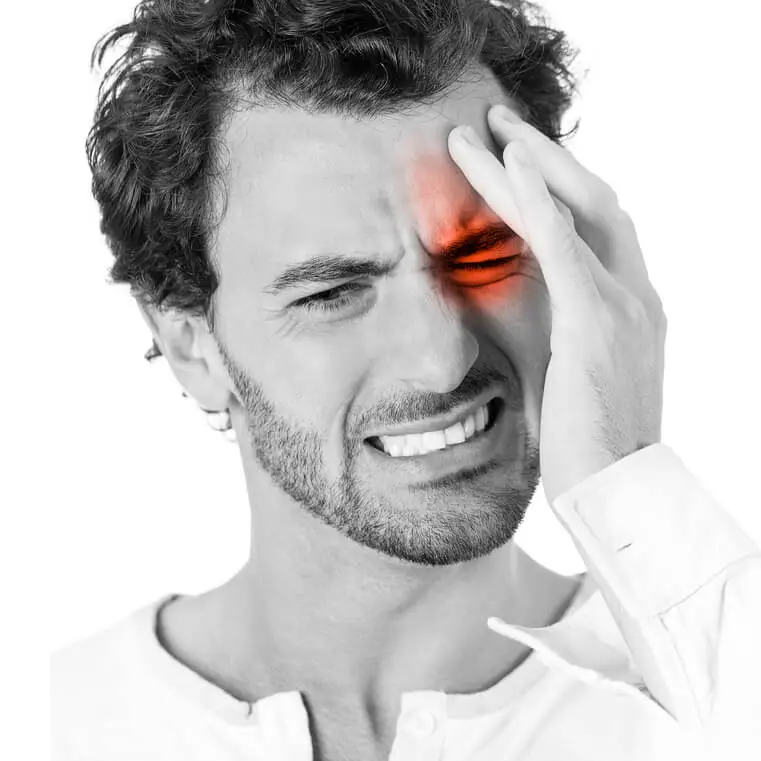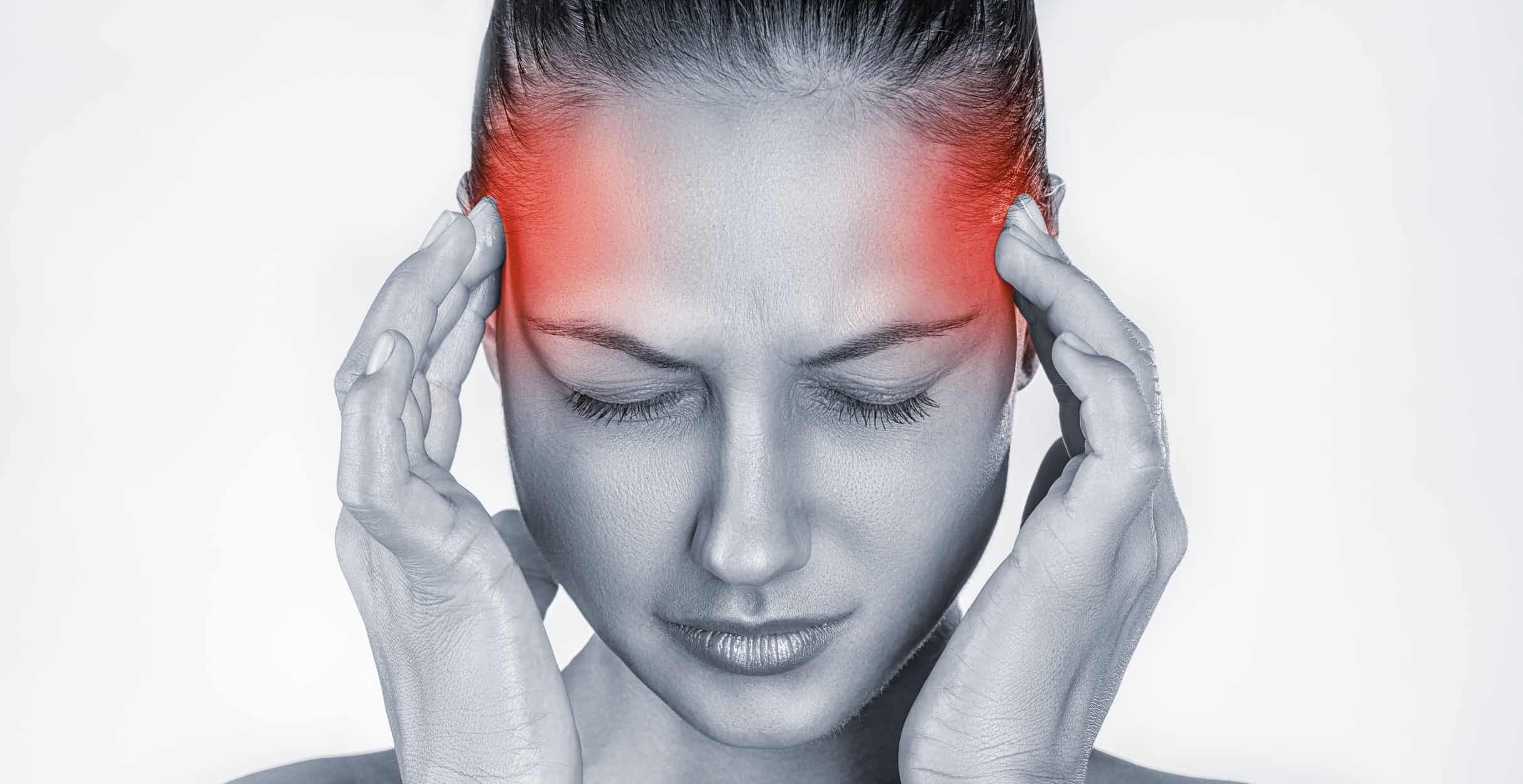If you’ve never had a headache or migraine, you can not imagine how much it can change our daily life. Perhaps you’ve even referred to a headache as a migraine. But if you’re among the one billion people worldwide who gets headaches or migraine, you fully understand how debilitating it can be. Daily activity like work, exercising or playing with your child can be almost impossible due to the pain, nausea or even sensitivity to light or sound.
Headache and migraine are both conditions that involve pain in the head or upper neck region, but they have distinct differences in terms of clinical features, intensity, associated symptoms, and underlying mechanisms. Here are some key differences between headache and migraine.
Treatments that work well for Headache & Migraine:
When we start to have a discomfort in a tendon, we often assumed to be tendinitis. However, research suggests tendinitis is less common than tendinosis, and tendinosis is often misdiagnosed as tendinitis. Pain from either condition is considered to be the result of nerve transmission and other chemical irritants in a tendon, and not from inflammation.
What is a Headache?
Headache is a general term used to describe pain or discomfort in the head or upper neck. It can vary in intensity, duration, and location. Tension-type headache is the most common type and is typically described as a mild to moderate, bilateral (affecting both sides of the head), pressing or tightening pain. It is often described as a steady ache without pulsations.
What is a Migraine?
Migraine is a specific type of headache disorder characterized by recurrent episodes of moderate to severe pulsating or throbbing headache. Migraine attacks are often unilateral (affecting one side of the head) and can last for several hours to days. Migraine is typically associated with additional symptoms, such as nausea, vomiting, sensitivity to light (photophobia), and sensitivity to sound (phonophobia). Some individuals may experience an “aura” before the onset of the headache, which involves transient neurological symptoms such as visual disturbances or tingling sensations.
Pain Characteristics
Headache
The pain associated with tension-type headache is usually described as a constant, dull ache or pressure. It is often described as a tight band or vice-like sensation around the head.
Migraine
Migraine pain is often described as throbbing or pulsating, which can worsen with physical activity. The pain is typically moderate to severe and can be aggravated by routine physical activity.
What are the symptoms?
Headache
Tension-type headache is primarily characterized by the headache itself, without significant associated symptoms. However, individuals may experience mild sensitivity to light or sound.
Tendinitis is typically caused by overuse or repetitive strain, while tendinosis is caused by chronic degeneration of a tendon due to repeated microtrauma.
Migraine
Migraine attacks are frequently accompanied by various symptoms, including nausea, vomiting, sensitivity to light (photophobia), and sensitivity to sound (phonophobia). Some individuals may also experience visual disturbances (aura) before or during the migraine attack.
Frequency and Duration
Headache
Tension-type headaches can occur episodically (less than 15 days per month) or chronically (15 days or more per month) and tend to last for a few hours to days.
Migraine
Migraine attacks are typically episodic and can occur anywhere from a few times a year to several times a month. The duration of a migraine attack can range from a few hours to up to 72 hours if left untreated.


What are the types of headaches?
There are several types of headaches, each with its own distinct characteristics, underlying causes, and management strategies. The International Classification of Headache Disorders (ICHD-3) provides a standardized classification system for headaches. Here are some of the main types of headaches:
Tension-type Headache (TTH)
Tension-type headaches are the most common type of headache. They are typically described as mild to moderate, pressing or tightening pain that affects both sides of the head. TTH can be episodic (occurring less than 15 days per month) or chronic (occurring 15 days or more per month) and can last from minutes to days. They are not usually accompanied by significant associated symptoms such as nausea or sensitivity to light and sound.
Migraine
Migraine is a primary headache disorder characterized by recurrent episodes of moderate to severe throbbing or pulsating pain, often on one side of the head. Migraine attacks are typically accompanied by additional symptoms such as nausea, vomiting, sensitivity to light (photophobia), and sensitivity to sound (phonophobia). Some individuals may experience visual disturbances (aura) before or during the migraine attack. Migraine attacks can last for hours to days.
Cluster Headache
Cluster headaches are a type of primary headache that occurs in cyclical patterns or clusters. They are characterized by severe, excruciating pain, usually focused around one eye. Cluster headaches occur in clusters or bouts that can last weeks or months, followed by periods of remission. They often occur at the same time each day and are accompanied by symptoms such as redness and tearing of the eye, nasal congestion, and restlessness.

Sinus Headache
Sinus headaches are associated with inflammation or infection of the sinuses. The pain is typically felt in the cheekbones, forehead, or bridge of the nose. Symptoms may include facial pressure, nasal congestion, and discharge. However, it is important to note that the term “sinus headache” is often misused, as many individuals with symptoms of sinus headache actually have migraines or tension-type headaches.
Overuse Headache (MOH)
Also known as rebound headache, MOH occurs as a result of frequent or excessive use of acute headache medications (such as analgesics or triptans) for an extended period. Overuse of these medications can lead to a worsening of headaches and a dependency on the medication, resulting in a cycle of recurring headaches.
Hormone Headache
Hormone headaches, as the name suggests, are influenced by hormonal Medication changes in the body. They commonly occur in relation to menstrual cycles (menstrual migraines) or hormonal fluctuations during pregnancy or menopause. These headaches are often migraines and may be more severe or have specific triggers during these hormonal changes.
What are the treatments for headaches?
The treatment of headaches depends on the underlying cause and type of headache. Here are some common treatment approaches for various types of headaches:
Lifestyle Modifications
Certain lifestyle changes can help manage and prevent headaches. These include:
Establishing regular sleep patterns and getting enough sleep.
Managing stress through relaxation techniques, exercise, and stress-reducing activities.
Identifying and avoiding triggers, such as specific foods, strong odors, bright lights, or loud noises.
Maintaining a regular meal schedule and staying adequately hydrated.
Practicing good posture and taking breaks from prolonged activities that strain the neck or head.
Manual Therapy
Targeted exercises and manual therapy like osteopathy, rolfing, or massage can help alleviate tension and improve musculoskeletal imbalances that may contribute to certain types of headaches.
Complementary and Alternative Therapies
Some individuals find relief from headaches through complementary and alternative therapies, such as acupuncture, herbal supplements, or mind-body techniques like meditation or yoga.

Other treatments:
Over-the-counter Pain Medications, Prescription Medications, Preventive Medications, Cognitive Behavioral Therapy (CBT)
An Osteopathic approach to headache & migraine
Osteopathic treatment typically involves a hands-on approach, including techniques such as soft tissue manipulation, joint mobilization, and muscle stretching. The treatment aims to improve circulation, reduce muscle tension, and restore proper alignment and function of the musculoskeletal system. It is believed that these interventions may help alleviate headache symptoms associated with musculoskeletal factors.
Some individuals with headaches or migraines may find relief through osteopathic treatment, particularly if their headaches are related to musculoskeletal imbalances, tension, or postural issues. Osteopathic treatment may help address these underlying factors and provide symptomatic relief.
A systematic review of multiple studies found that osteopathic manipulative treatment (OMT) can be effective in reducing pain and improving functional status in people with musculoskeletal conditions, including those with headache and migraine. Additionally, a randomized controlled trial found that OMT was clinically effective in treating chronic migraine. Given the side effects of many conventional medical treatments for headaches and migraines, osteopathic manipulative treatment could be a useful alternative remedy.
The role of acupuncture in the treatment of headache & migraine
Acupuncture is a traditional Chinese medicine practice that involves the insertion of thin needles into specific points on the body. It is commonly used for various health conditions, including headaches and migraines. The evidence supporting the effectiveness of acupuncture in treating headaches, particularly migraines, is promising but not conclusive.
Numerous studies have investigated the use of acupuncture for headache relief, and while the results are mixed, many suggest that acupuncture may provide benefit. Here are some key findings:
Migraine: Several studies have shown that acupuncture may be effective in reducing the frequency and intensity of migraines. The American Academy of Neurology and the American Headache Society have stated that acupuncture is a potentially effective treatment for migraines.
Tension-type Headache: Research on acupuncture for tension-type headaches is limited, but some studies suggest that it may provide relief in terms of reducing headache frequency and intensity.
Can craniosacral therapy help?
Craniosacral therapy (CST) has been shown to alleviate migraine symptoms and help as a preventative measure, according to a study published in the Journal of Integrative Medicine. CST can help to improve the functioning of the nervous system, relieving pain and improving mobility. The strongest evidence supporting craniosacral therapy is as a treatment for conditions like headaches. CST may also provide relief from a variety of symptoms including headaches, neck pain, and side effects of cancer treatment among many others.
Sources:
- https://www.medicalnewstoday.com/articles/could-osteopathy-be-used-to-treat-musculoskeletal-headaches-and-migraine
- https://pubmed.ncbi.nlm.nih.gov/28352200/
- https://pubmed.ncbi.nlm.nih.gov/25847552/
- https://www.ncbi.nlm.nih.gov/pmc/articles/PMC9462953/
- https://www.journalofosteopathicmedicine.com/article/S1746-0689(20)30058-4/fulltext